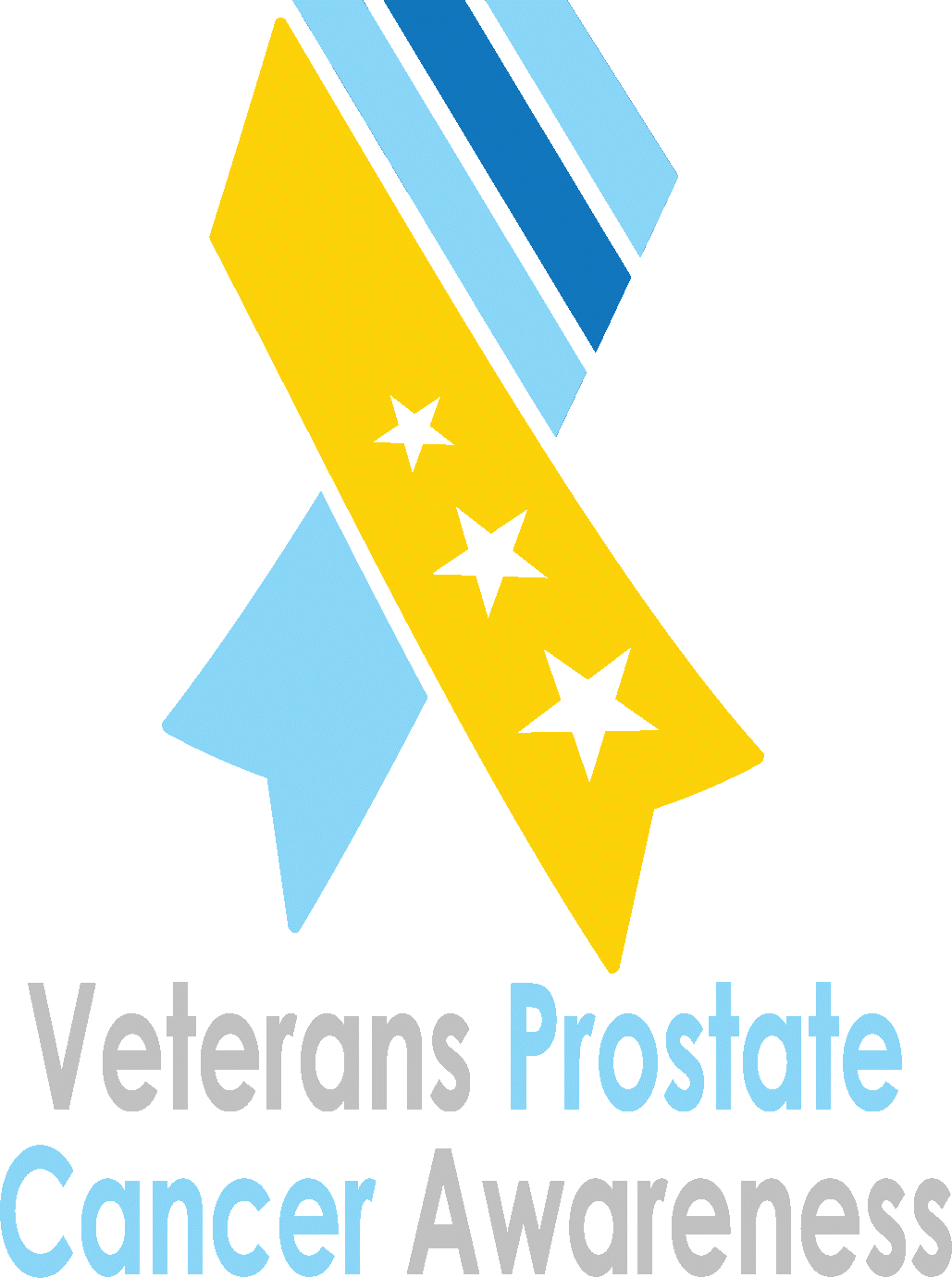VPCa Ribbon Insignia
The symbol
VPCa Ribbon
History of the Yellow Ribbon
During the Iran hostage crisis in 1979, a campaign was started by Suzan E. Garret (Jaycees ladies service) to raise awareness and support the U.S. hostages by tying a yellow ribbon around public trees. In the 1990s, yellow ribbons were once again displayed during the Gulf War with the message “support our troops.” Yellow ribbons became a symbol of support during the 2003 Iraq invasion as well as the deployment of troops to Afghanistan and other countries around the world. Yellow ribbons continue to be a symbol of support for out troops active and Veterans.
The Dark Blue Stripe
The dark blue stripe on the top of the VPCa emblem is a reminder of all the military services which we support. The first U.S. military uniforms date to 1779 when General George Washington wore the blue uniform coat with state-facing colors, a white waistcoat and breeches. To this day, the blue uniform is part of the military bloodline, and all services have a Blue Dress Uniform. Whether it's the Navy's "Full Dress'', the Marines’ "Blue Dress'' uniforms, the Army’s blue mess jacket, Air Force “Dress Blue”, or the Coast Guard “Full Dress Blue” all U.S. Armed Forces uniforms have a tie to the 1779 original blue uniform.
Three Stars
The Veterans Prostate Cancer Awareness Inc. mission statement is to:
Promote prostate cancer awareness among active military & Veterans
Educate Veterans on proper care & treatment alternatives; and
Promote all technologies available for the treatment & cure of prostate cancer
The three stars in the yellow field serve as reminders of our mission to educate, raise awareness, and support all efforts to develop a cure for the disease.
Light Blue
The awareness color adopted globally to signify Prostate Cancer.




